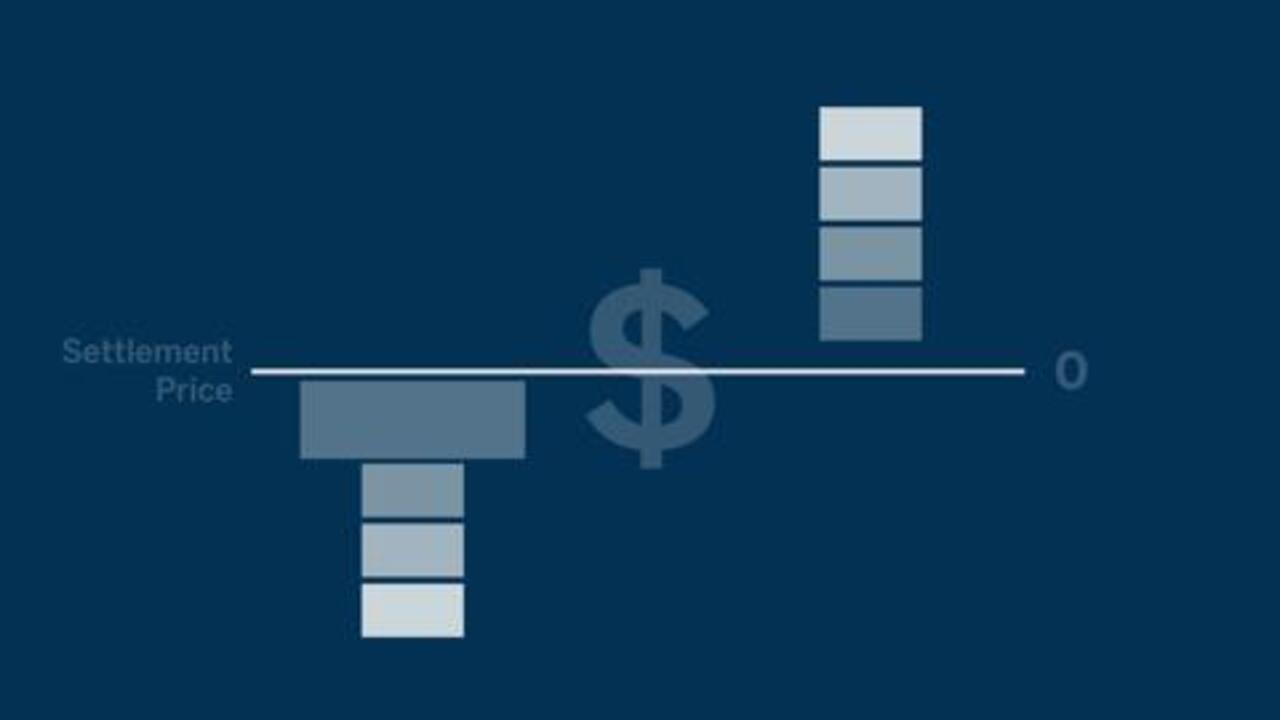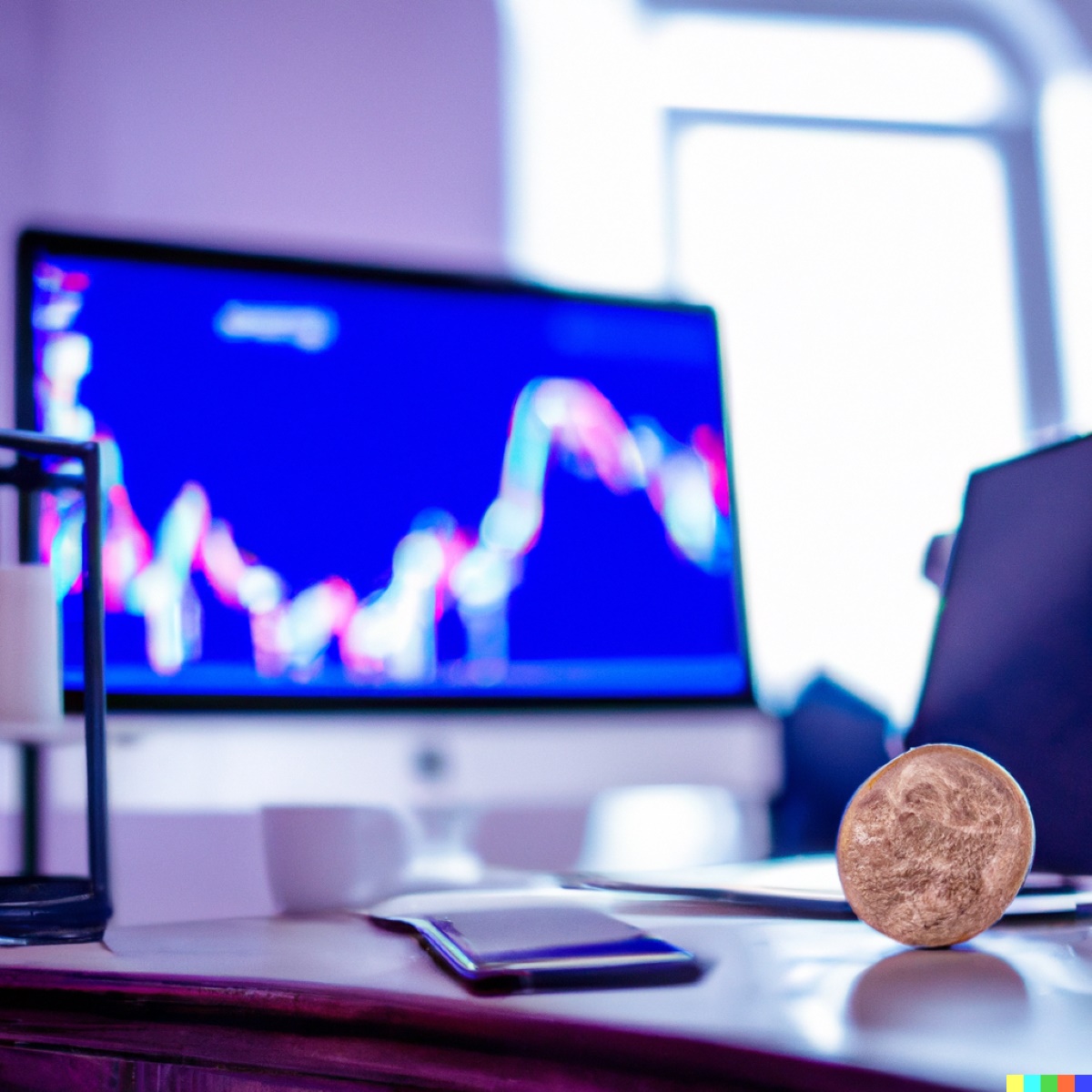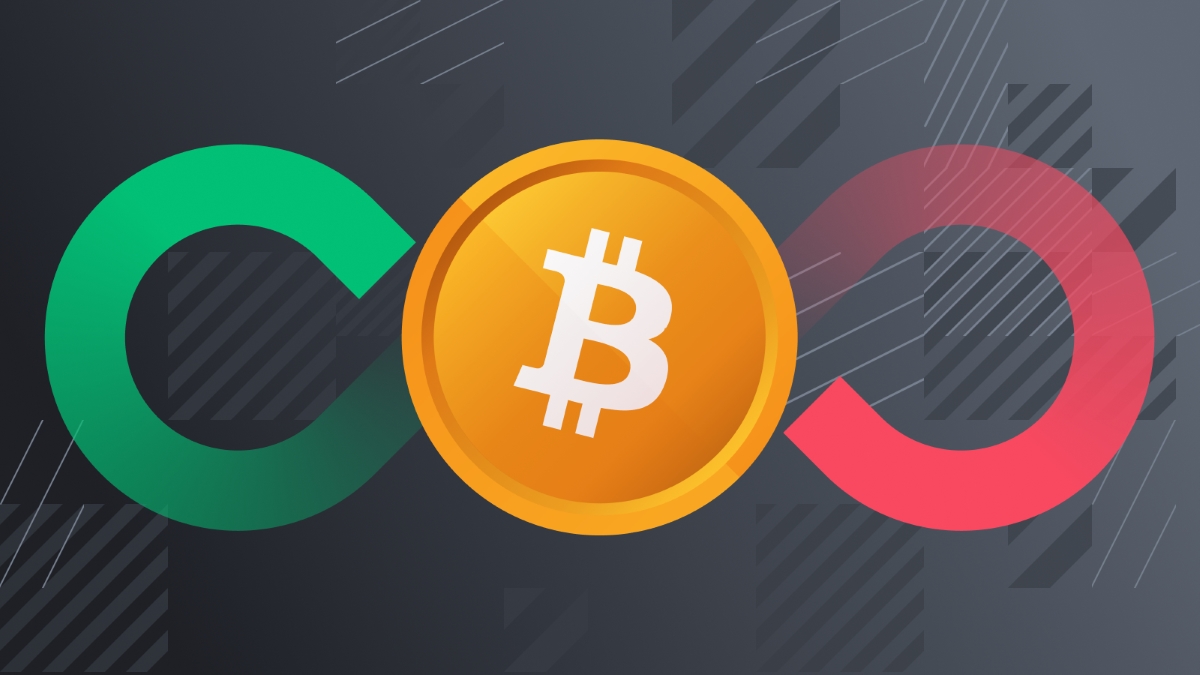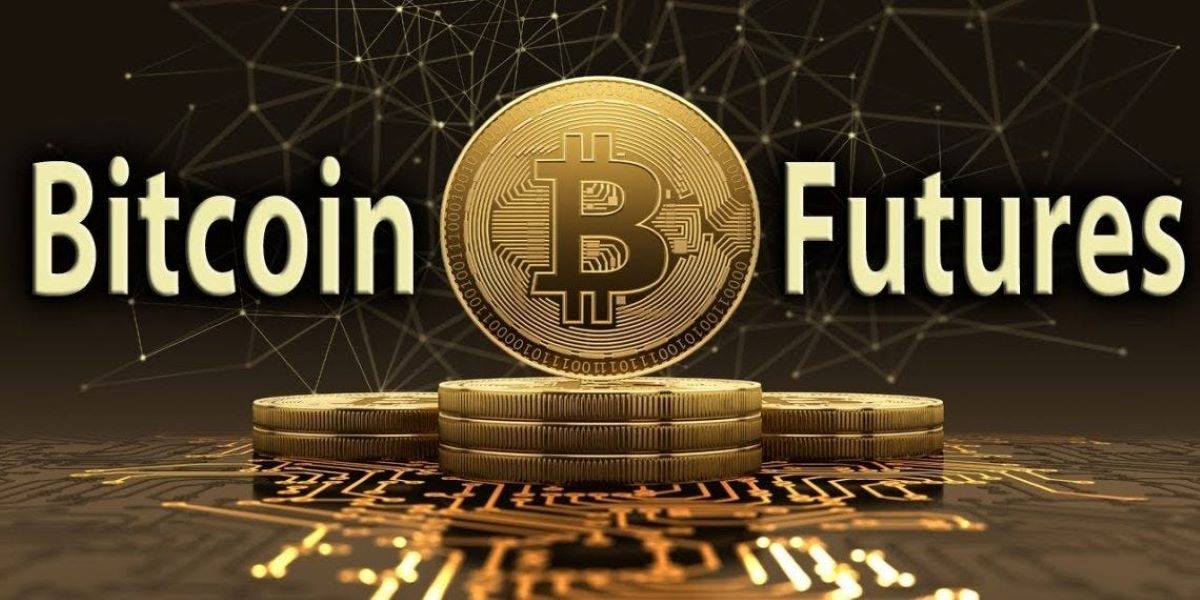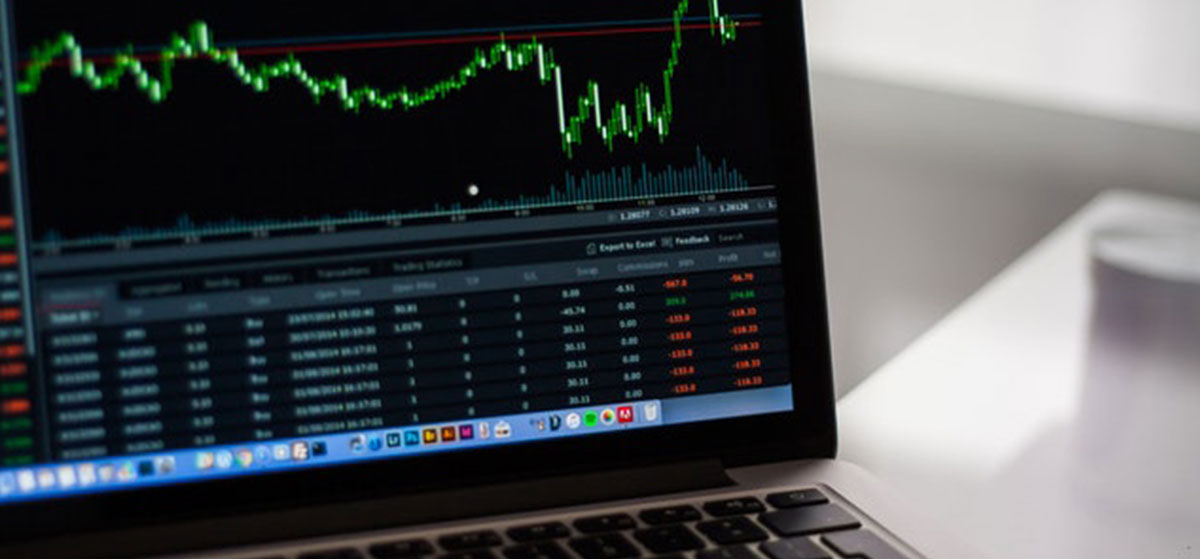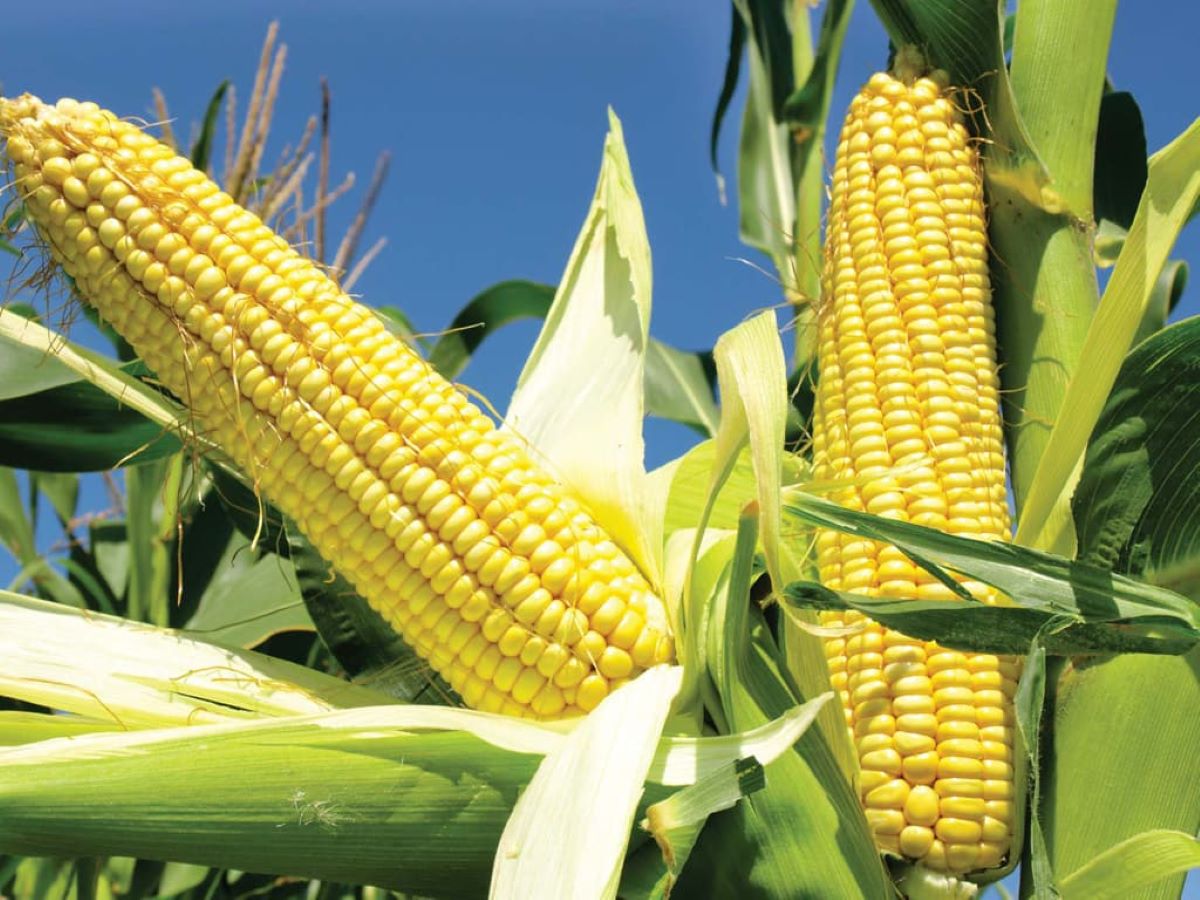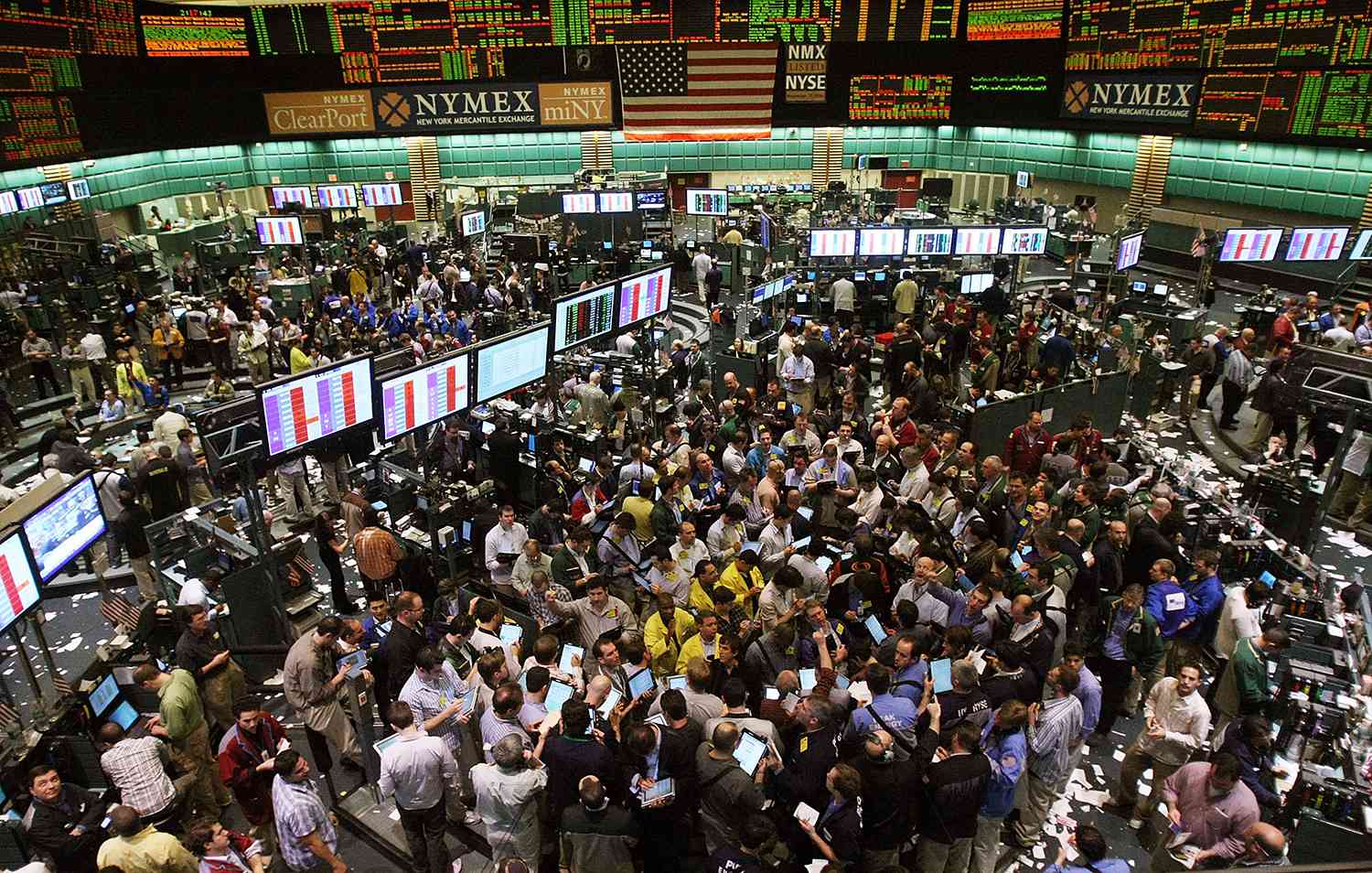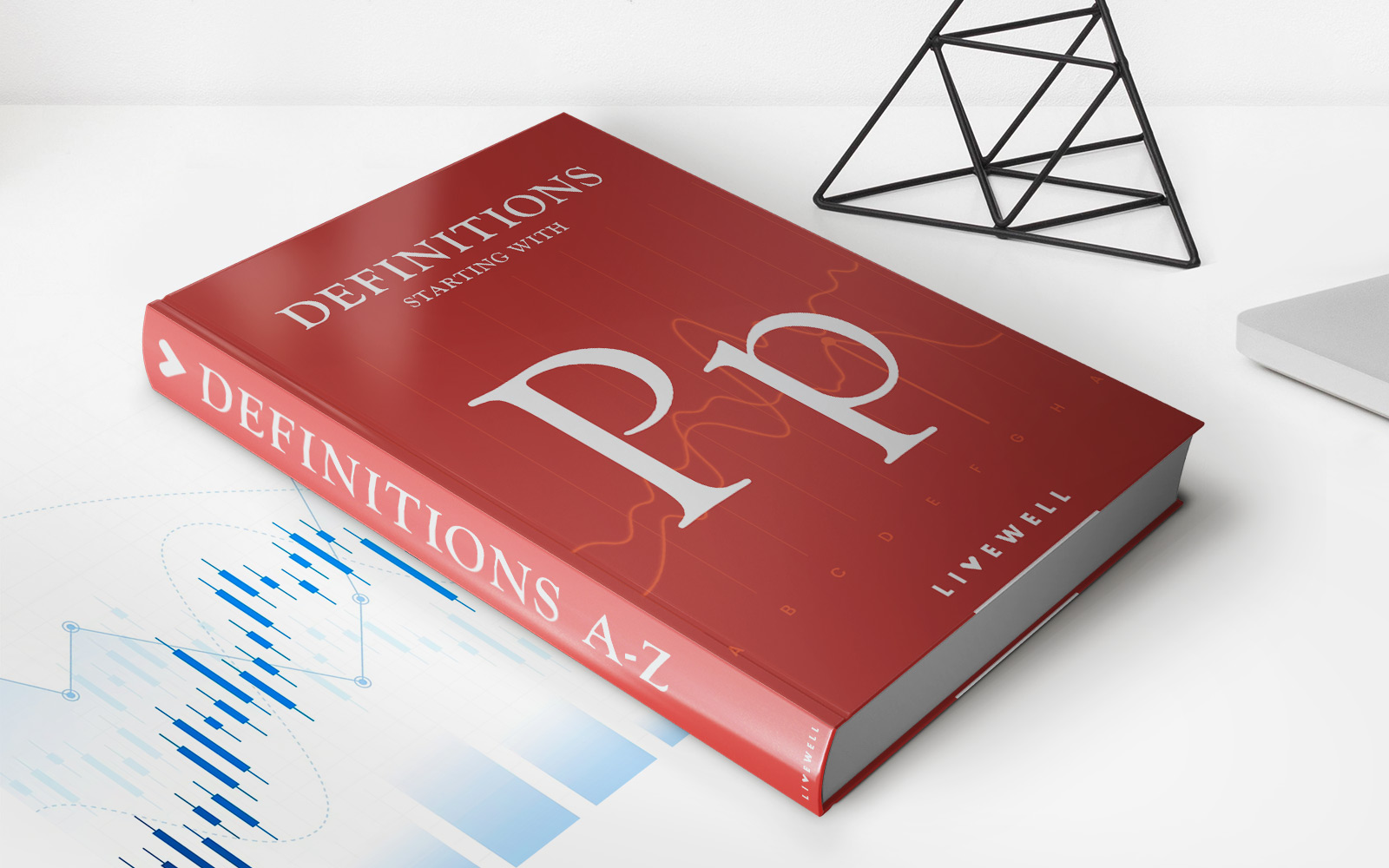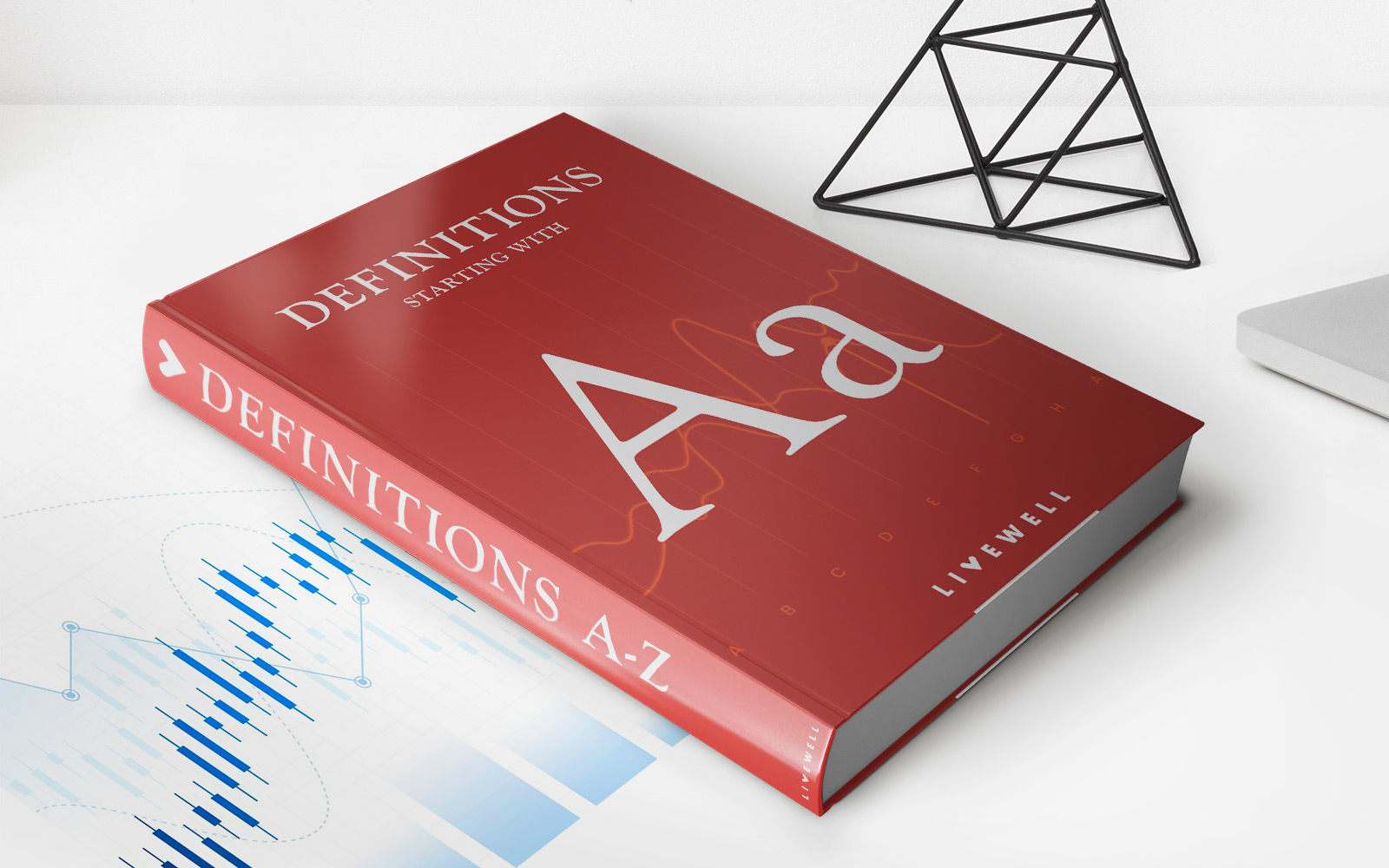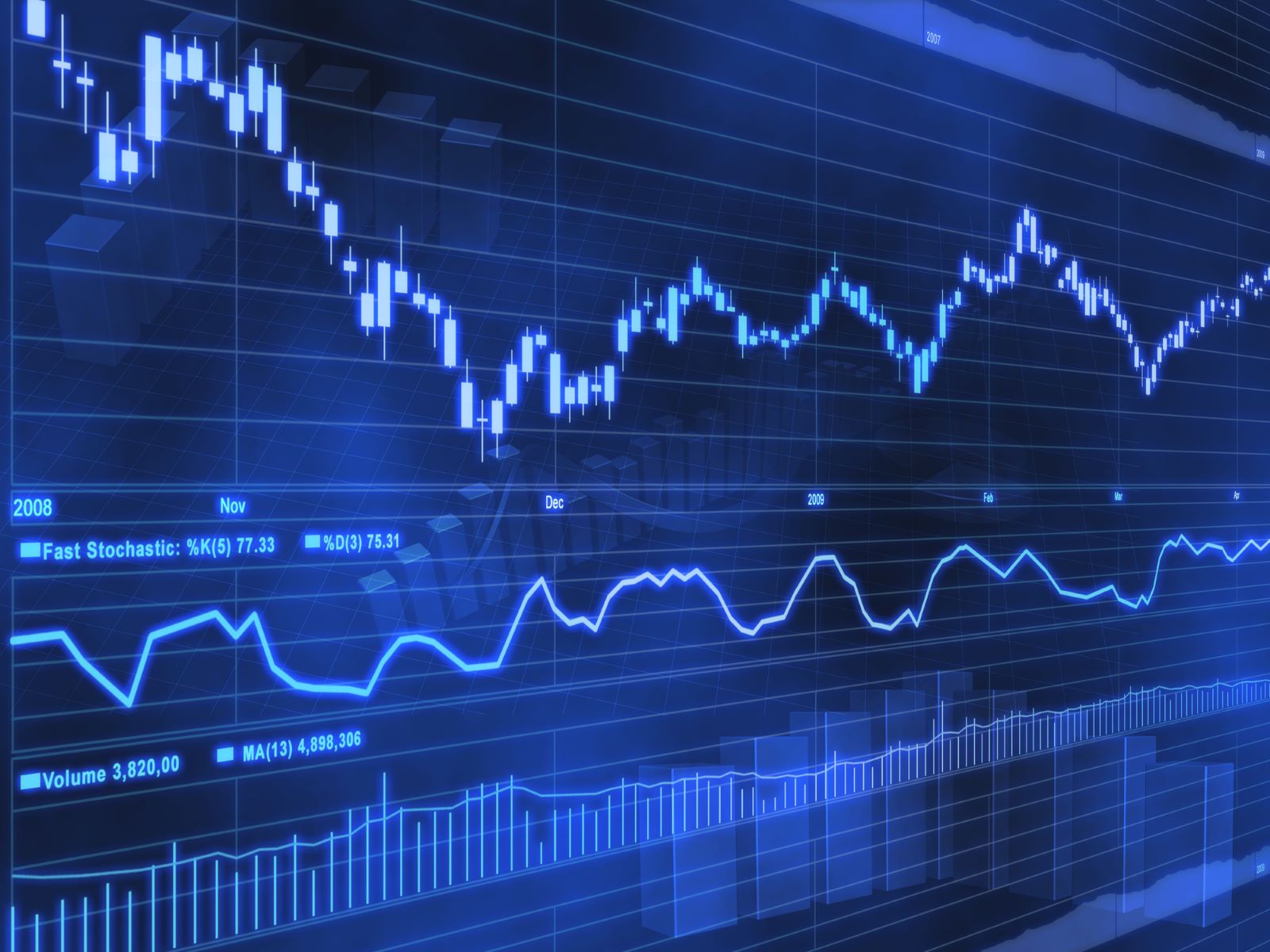

Finance
What Futures Contracts Are In Contango
Published: December 24, 2023
Learn about futures contracts in contango and their implications in finance. Understand how contango affects commodity markets and investing strategies.
(Many of the links in this article redirect to a specific reviewed product. Your purchase of these products through affiliate links helps to generate commission for LiveWell, at no extra cost. Learn more)
Table of Contents
Introduction
When it comes to financial markets, the concept of contango plays a vital role for both investors and traders alike. Contango refers to a situation in the futures market where the future price of a commodity or financial instrument is higher than its spot price. This can have significant implications for market participants and can offer both opportunities and risks.
In simple terms, contango occurs when there is an upward sloping futures curve, indicating that future prices are higher than current prices. This situation is quite common in commodities markets such as oil, natural gas, and agricultural products. However, it can also be observed in financial markets, particularly in areas such as currency futures or interest rate futures.
The concept of contango arises from the dynamics of supply and demand. It often occurs when there is an expectation of future scarcity or higher costs of storage. Market participants are willing to pay a premium for the convenience of future delivery, which drives up the prices of futures contracts.
Understanding contango is essential for investors as it provides insights into market expectations and can influence investment decisions. In this article, we will delve deeper into the concept of contango, explore the factors driving it, discuss the implications for investors, and highlight various strategies for trading in a contango market.
Understanding Contango
Contango is an essential concept in futures trading that reflects the pricing dynamics between spot prices and future prices. In a contango market, the future price of a commodity or financial instrument exceeds its spot price. This upward sloping futures curve is a result of various factors, including supply and demand dynamics, storage costs, and market expectations.
One way to understand contango is by examining the concept of carrying costs. Carrying costs refer to the expenses associated with holding or carrying a physical commodity or financial instrument. These costs can include storage fees, insurance, financing, and other expenses involved in maintaining the asset until the delivery date of the futures contract.
When a market is in contango, it implies that carrying costs are higher than the expected gains from holding the asset. Market participants are willing to pay a premium for future delivery to offset these costs. As a result, the prices of futures contracts are higher than the spot prices, creating an upward sloping futures curve.
Contango is commonly observed in commodities markets, such as oil and natural gas. For example, in the oil market, contango can occur when there is excess supply or the costs of storage and carrying the physical barrels outweigh the expected gains from holding the oil. As a result, investors, speculators, and hedgers are willing to buy oil futures contracts at a higher price to secure future delivery.
In addition to commodities, contango can also be seen in financial markets. In currency futures, for instance, contango can arise due to interest rate differentials between two currency pairs. If the interest rates of one currency are higher than another, market participants may be willing to pay a premium for the higher-yielding currency, driving up the prices of futures contracts.
Contango can persist for extended periods, depending on various market factors. However, it is important to note that contango is not a guaranteed pricing pattern in futures markets. Markets can also experience backwardation, where the futures price is lower than the spot price.
Next, we will explore the factors driving contango and delve deeper into its implications for investors.
Factors Driving Contango
Contango in the futures market is driven by a combination of factors that influence the pricing dynamics between spot prices and future prices. These factors can vary depending on the specific market and underlying asset. Here are some of the key factors that contribute to contango:
- Supply and Demand Imbalance: When there is an expectation of future scarcity or higher demand for a particular asset, the future price tends to be higher than the spot price. This can occur in commodities markets where production disruptions, geopolitical factors, or changing consumption patterns create an imbalance between supply and demand.
- Storage Costs: The cost of storing and carrying physical commodities or financial instruments plays a crucial role in determining contango. If the expenses associated with storage, such as warehousing, transportation, and insurance, exceed the expected gains from holding the asset, market participants are willing to pay a premium for future delivery, driving up the futures prices.
- Time Value of Money: The concept of time value of money also contributes to contango. Market participants are willing to pay a higher price for future delivery because holding money incurs an opportunity cost in terms of interest that could be earned. Hence, the future price of an asset is adjusted to account for this time value of money.
- Market Expectations: Contango can also be influenced by market expectations. If investors anticipate higher future prices due to factors such as economic growth, inflation, or changes in government policies, they may be willing to pay a premium for futures contracts to lock in those prices.
It is important to note that these factors are not mutually exclusive and can interact in complex ways. For example, a supply disruption in a commodity market can lead to increased storage costs, which further exacerbates the contango situation.
Moreover, the degree and duration of contango can vary. It can be influenced by short-term factors such as seasonal patterns, weather conditions, or geopolitical events, as well as long-term structural factors like changes in global supply and demand dynamics.
Understanding the factors driving contango is crucial for investors and traders as it helps them assess the risks and opportunities associated with trading futures contracts. In the next section, we will explore the implications of contango for investors and discuss strategies for trading in a contango market.
Implications for Investors
Contango in the futures market has significant implications for investors looking to trade or invest in futures contracts. Understanding these implications is crucial for making informed investment decisions. Here are some key implications of contango for investors:
- Costs of Roll Over: in a contango market, investors who hold futures contracts need to roll over their positions before the expiration date to avoid physical delivery. Rolling over involves closing the existing position and opening a new one with a later expiration date. However, rolling over futures contracts can incur costs, such as commissions and bid-ask spreads. Investors need to consider these costs when assessing the profitability of their futures trading strategies.
- Time Decay: Contango markets may experience time decay, also known as negative roll yield. This occurs when the price of the expiring futures contract is lower than the price of the newly added contract. As a result, the value of the position may decrease over time, even if the underlying asset’s spot price remains unchanged. Investors need to be aware of this time decay effect and consider it in their trading strategies.
- Opportunities for Hedging: Despite the challenges, contango can provide opportunities for hedging strategies. For example, producers of commodities can sell futures contracts to lock in higher prices in a contango market, protecting themselves against potential price declines. Similarly, investors with exposure to certain assets can use futures contracts to hedge their positions, mitigating the risk of adverse price movements.
- Speculative Trading: Contango markets can attract speculative traders who aim to profit from the price difference between futures contracts and spot prices. These traders take advantage of the upward sloping futures curve by buying contracts at the lower spot price and selling them at a higher future price. However, speculative trading involves risks and requires careful analysis and market monitoring.
- Fund Management: For institutional investors, such as mutual funds or exchange-traded funds (ETFs), managing contango can be a challenging task. These funds often need to roll over their futures positions, and the costs associated with rollovers can affect fund performance. Fund managers need to carefully consider the impact of contango on their strategies and employ risk management measures to mitigate potential losses.
It is important for investors to stay informed about the market conditions and monitor the contango situation closely. This can be done through analyzing futures curves, monitoring supply and demand factors, and staying up to date with relevant news and market developments.
Next, we will explore various strategies that investors can consider when trading in a contango market.
Strategies for Trading in Contango
Trading in a contango market requires careful consideration of the unique characteristics and dynamics associated with upward-sloping futures curves. Here are a few strategies that investors can consider when trading in contango:
- Spread Trading: One strategy is to engage in spread trading, which involves taking long and short positions in different contracts within the same market. For example, an investor can simultaneously buy a near-month futures contract and sell a further-out futures contract. By taking advantage of the price discrepancy between the two contracts, the investor can potentially profit from the convergence of prices over time.
- Roll Yield Harvesting: Roll yield harvesting involves actively managing futures contracts by rolling over positions at favorable times. This strategy aims to capture the positive roll yield in contango markets. Investors look for opportunities to roll their positions from the expiring contract to the next contract month when the price difference is advantageous. However, it is crucial to consider transaction costs and market liquidity when implementing this strategy.
- Volatility Trading: Another approach is to take advantage of the increased volatility often observed in contango markets. This can be done through options trading strategies, such as buying or selling options to profit from anticipated price movements or changes in volatility. Volatility trading requires a deep understanding of options pricing and risk management techniques.
- Hedging: Contango markets can present opportunities for hedging strategies to protect against adverse price movements. Producers of commodities can hedge their future production by selling futures contracts at higher prices, locking in profits and reducing the risk of price declines. Similarly, investors with exposure to certain assets can use futures contracts to hedge against potential losses.
- Fundamental Analysis: Conducting in-depth fundamental analysis of the underlying asset can provide valuable insights when trading in a contango market. Understanding supply and demand dynamics, market trends, and factors driving future prices can help investors make more informed trading decisions and identify potential value opportunities.
It is important to note that trading strategies involve risks, and investors should carefully assess their risk tolerance and investment objectives before implementing any strategy. It is also recommended to consult with financial advisors or professionals with expertise in futures trading and contango markets.
Lastly, staying updated with market news, monitoring futures curves, and maintaining a disciplined approach to risk management are key elements for successful trading in contango markets.
Conclusion
Contango, the situation when future prices exceed spot prices in the futures market, is a phenomenon that can significantly impact investors and traders. It is driven by factors such as supply and demand imbalances, storage costs, time value of money, and market expectations. Understanding contango and its implications is crucial for making informed investment decisions.
For investors, contango presents both challenges and opportunities. The costs associated with roll-overs and time decay need to be carefully considered when trading futures contracts. However, contango also provides opportunities for hedging strategies, speculative trading, and spread trading. Institutional investors need to manage contango effectively to mitigate potential losses and navigate the impact on fund performance.
Various strategies can be employed when trading in a contango market, such as spread trading, roll yield harvesting, volatility trading, hedging, and fundamental analysis. These strategies require a deep understanding of market dynamics and risk management techniques.
In conclusion, contango is a crucial concept in futures trading that affects a wide range of markets, from commodities to financial instruments. By understanding the drivers of contango and employing appropriate strategies, investors can make more informed decisions and potentially profit from the opportunities presented by an upward sloping futures curve.
As with any investment, it is essential to conduct thorough research, monitor market conditions, and seek advice from professionals to ensure that trading decisions align with individual risk tolerance and investment goals.
